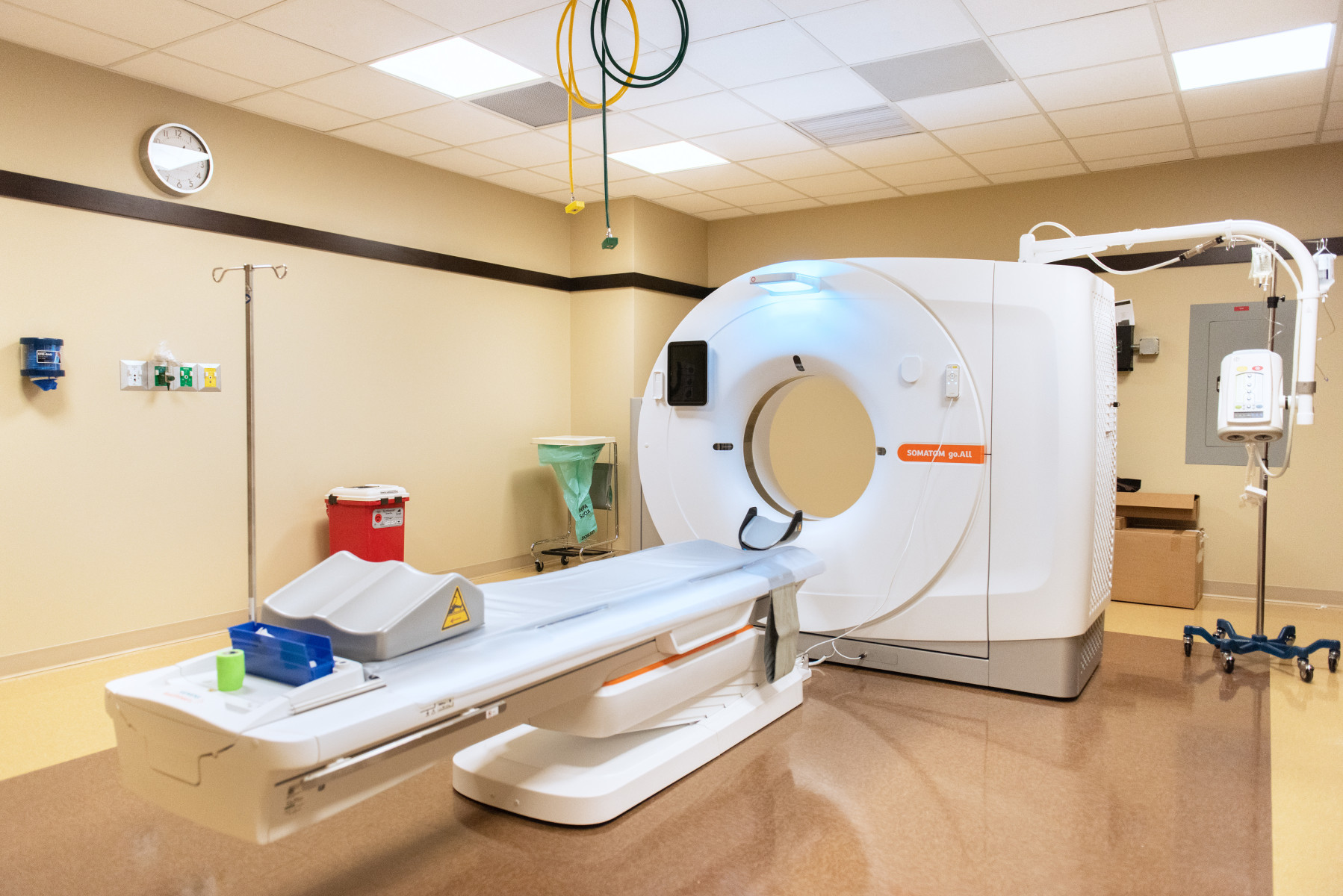
A new lipid nanoparticle drug designed by Northwestern Medicine scientists helped make tumor cells more vulnerable to therapy, significantly prolonging survival in models of glioblastoma.
The drug platform seeks and destroys immune-suppressive mechanisms in a subset of tumor cells, and this new delivery mechanism could be quickly translated to the clinic, said Maciej “Matt” Lesniak, MD, the Michael J. Marchese Professor and chair of Neurological Surgery, and senior author of the study published in Proceedings of the National Academy of Sciences of the United States of America.
“Our findings have great potential to provide new combination therapy approaches in the treatment of cancer, which is a leading cause of death in the United States,” said Lesniak, who is also a professor in the Ken and Ruth Davee Department of Neurology and a member of the Robert H. Lurie Comprehensive Cancer Center of Northwestern University.
Glioblastoma is a particularly deadly brain cancer, known for its resistance to treatment and short life expectancy after diagnosis. One reason for its resistance is tumor-associated myeloid cells (TAMCs) — a population of stem cells hijacked by the tumor to aid proliferation.
TAMC’s comprise 30 to 50 percent of the tumor mass, according to Lesniak, and they suppress immune activity by depriving T-cells of nutrients. This makes it easier for the tumor to proliferate, as the body’s immune defenses are weakened, and in turn reduces the effectiveness of most therapies.
Another source of resistance common to both regular tumor cells and TAMCs is the expression of PD-L1, a molecule on the outside of the cancer cell that prevents T-cells from attacking them. In the current study, the investigators used PD-L1 as a target to deliver a drug that would wipe out the molecule for good.
The team designed a lipid nanoparticle — a small sphere of fat about 10 nanometers in diameter — that hones in on PD-L1 and delivers a payload of dinaciclib, an experimental drug that stops production of PD-L1.
The new treatment resulted in dramatic decrease in TAMCs and a corresponding increase in immune activity, including in human cells.
“These results further validate the clinical relevance of our proposed system and warrants a rapid translation into clinical practice,” Lesniak said.
In addition, radiation therapy, which is known to increase PD-L1 expression in myeloid cells, resulted in an additional benefit: more PD-L1 made additional TAMCs vulnerable to the lipid nanoparticle, multiplying the therapeutic effect.
“In particular, this may provide opportunities to improve the efficacy of both immunotherapy and conventional therapy modalities such as radiotherapy in the treatment of brain tumor,” Lesniak said.
Peng Zhang, PhD, a postdoctoral fellow in the Lesniak laboratory, was the lead author of the study.
This work was supported by National Cancer Institute (NCI) Outstanding Investigator Award R35CA197725; National Institutes of Health (NIH) grants P50CA221747, R01NS093903, R33NS101150 and R01NS106379 and R01NS097990; NIH National Institute of Neurological Disorders and Stroke Grant R01NS087990 and NIH Grants and Basic Research Fellowship BRF1700010 from the American Brain Tumor Association.






